On a mission for missing information about ‘mini mantas’ in the Gulf of Mexico
Kim and Atlantine are filling in the missing information for one of the five Endangered devil ray species that call the Atlantic Ocean home. The pygmy devil ray is declining throughout its range, but little is known about its biology and ecology that can help conserve it. Kim and Atlantine are investigating how many populations of pygmy devil ray exist in the Gulf of Mexico and the Caribbean Sea, and if they are connected. They want to know about their diet, their place in the food web and their movement patterns. All this information will also help raise awareness about this vulnerable devil ray.
As a kid growing up in the woodland wilderness of Connecticut, USA, I was a curious-about-nature geek, inspired by all things great and small. In high school I went on a whale-watching trip and literally caught the eye of a spyhopping right whale, which set me on a career path to dive into the marine realm. For my undergraduate and graduate work at the University of California at Santa Cruz I was involved in field studies of a variety of marine organisms: tidal pool critters, elephant seals, Hawaiian spinner dolphins, California sea otters and bottlenose dolphins. For...
I have always been fascinated by nature and wildlife in general, but it was only when I interned as a research assistant in Mozambique in 2018 that I discovered that my true calling was to study the marine world. There, one enigmatic ray quickly became my obsession and the focus of my research: the smalleye stingray, the largest marine stingray in the world and one of the rarest. Leading the first population study on this data-deficient and probably endangered species was a turning point for the budding researcher I was, and this experience completely changed my career aspirations....
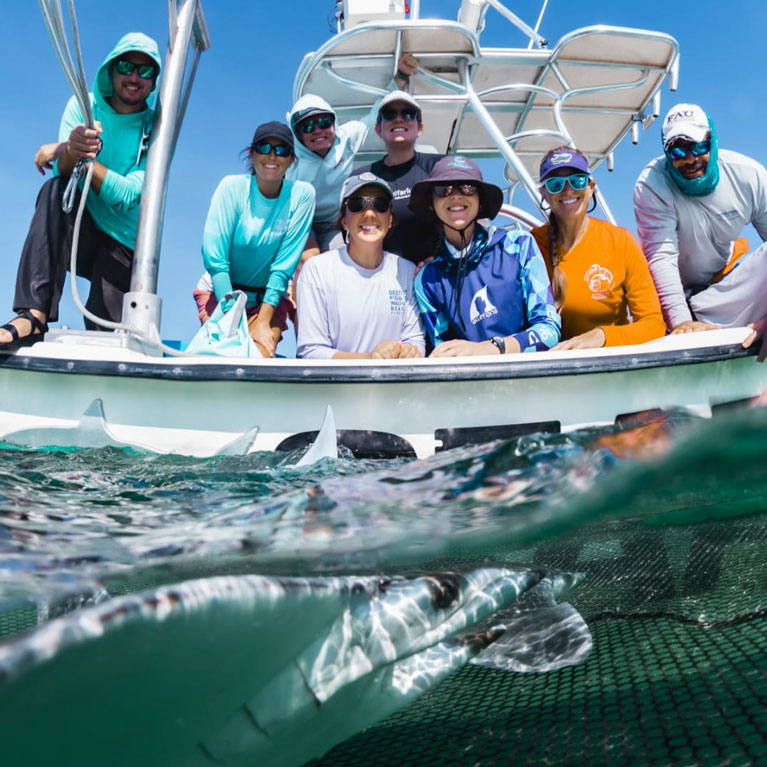
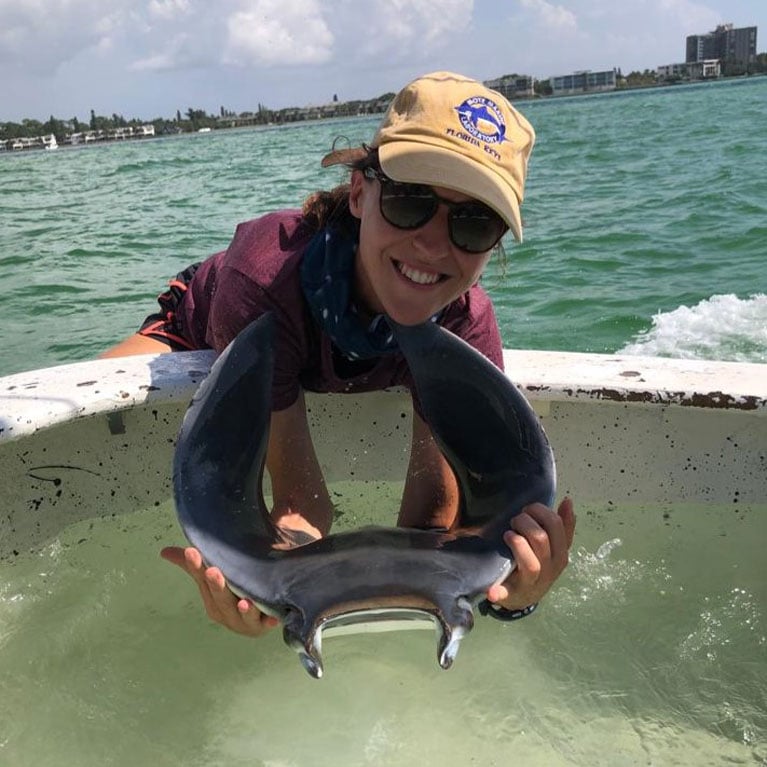
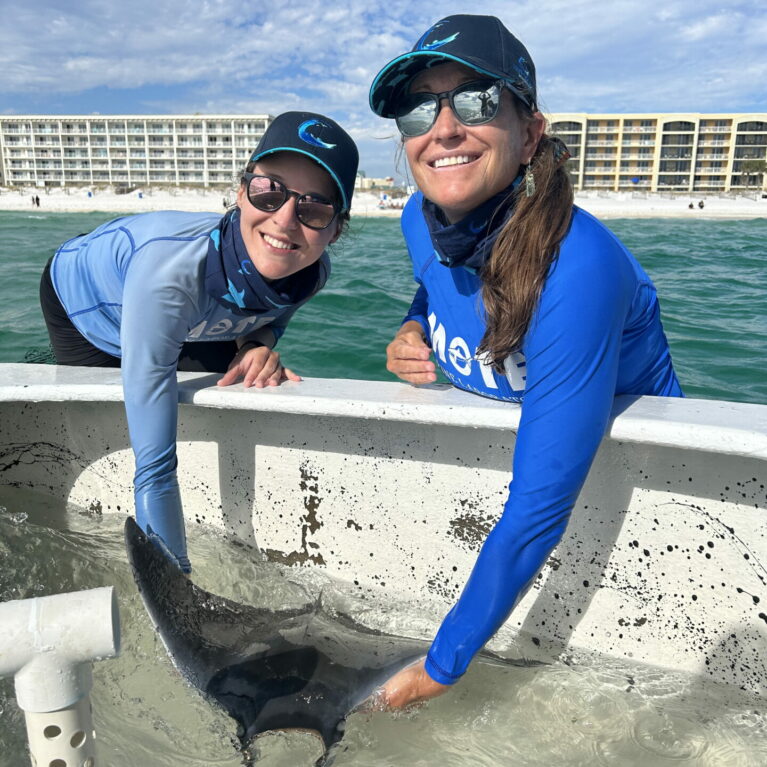
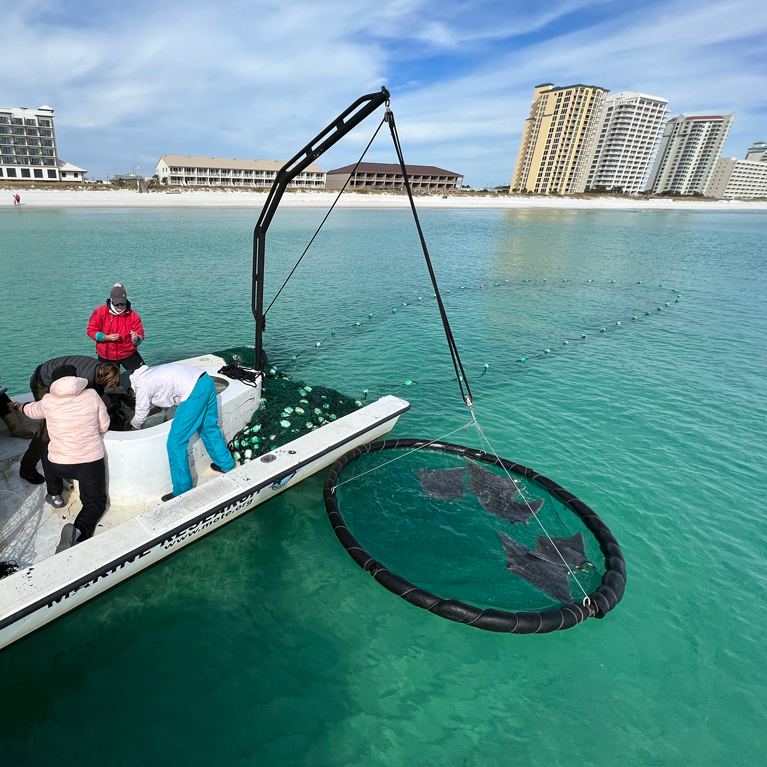
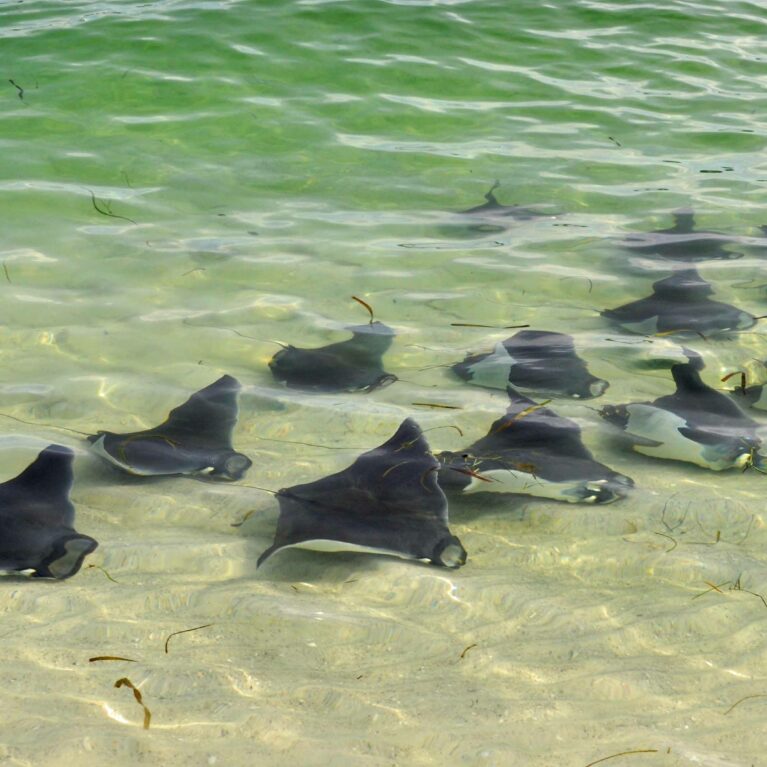
Devils in our ocean backyard ? Conservation research on the West Atlantic Pygmy Devil Ray
The key objective of this project is to fill critical knowledge gaps on an Endangered, data-deficient mobulid species in the Gulf of Mexico in order to inform management and conservation strategies.
The population of the west Atlantic pygmy devil ray Mobula hypostoma is suspected to be declining throughout its range due to being taken as bycatch, and the species is classified as Endangered on the IUCN Red List. Since so little is known about its biology and ecology, this project provides an opportunity to collect critical data in north-western Florida, where these ‘mini manta rays’ are regularly seen in shallow water in winter, and to raise public awareness about the species’ conservation.
The Atlantic Ocean is home to seven of the 11 existing mobulid species: two manta rays and five devil rays. All of them are currently classified as Endangered on the IUCN Red List, based on reduced sightings and landings in fisheries in the past decade. Whereas manta rays have been increasingly studied recently – due in part to their popularity with the dive community and high ecotourism value – devil rays are generally more associated with offshore habitats and their skittish nature makes them difficult to approach underwater and thus to study in the field. Therefore, major knowledge gaps still exist about their biology and ecology, and even their exact taxonomy remains to be clearly established. These pressing knowledge gaps must be filled in order to facilitate improved science-based management of these vulnerable yet understudied species, and large-scale collaborative efforts between researchers and non-scientific stakeholders are key.
The primary goal of this project is to fill critical knowledge gaps about the west Atlantic pygmy devil ray in the Gulf of Mexico in order to inform management and conservation strategies for the species. The aims are:
- To determine whether there are several populations in the Gulf of Mexico and the Caribbean Sea, and if so, how they are connected.
- To investigate its feeding ecology (what its diet is and thus its position in the local marine food web) and its movement patterns in the region.
- To collect some basic but still unknown information about its biology, including its size at maturity, the size–weight relationship and blood parameters.
- To develop citizen science and engage with anyone who is likely to encounter this Endangered species, and to raise awareness about its conservation.


